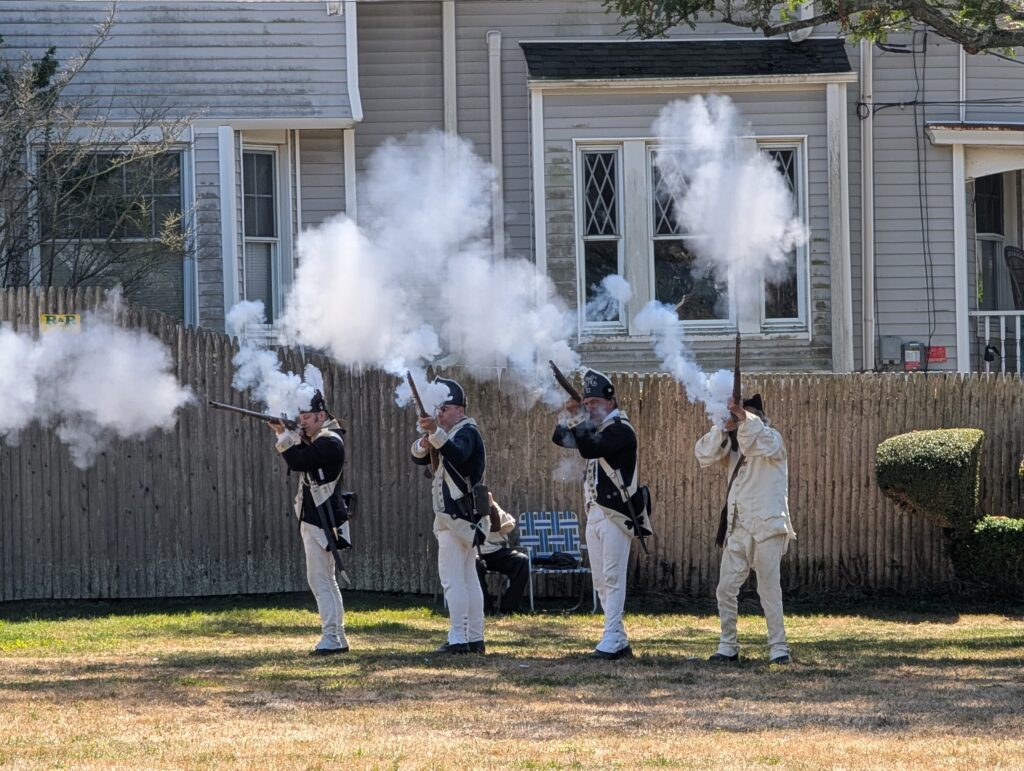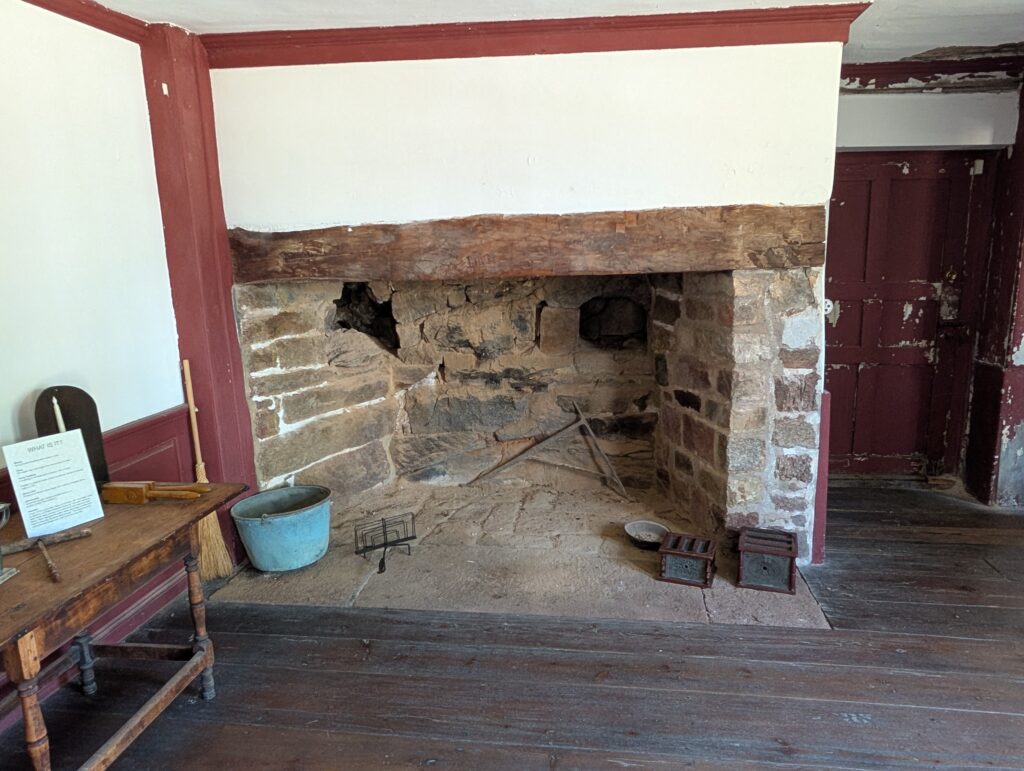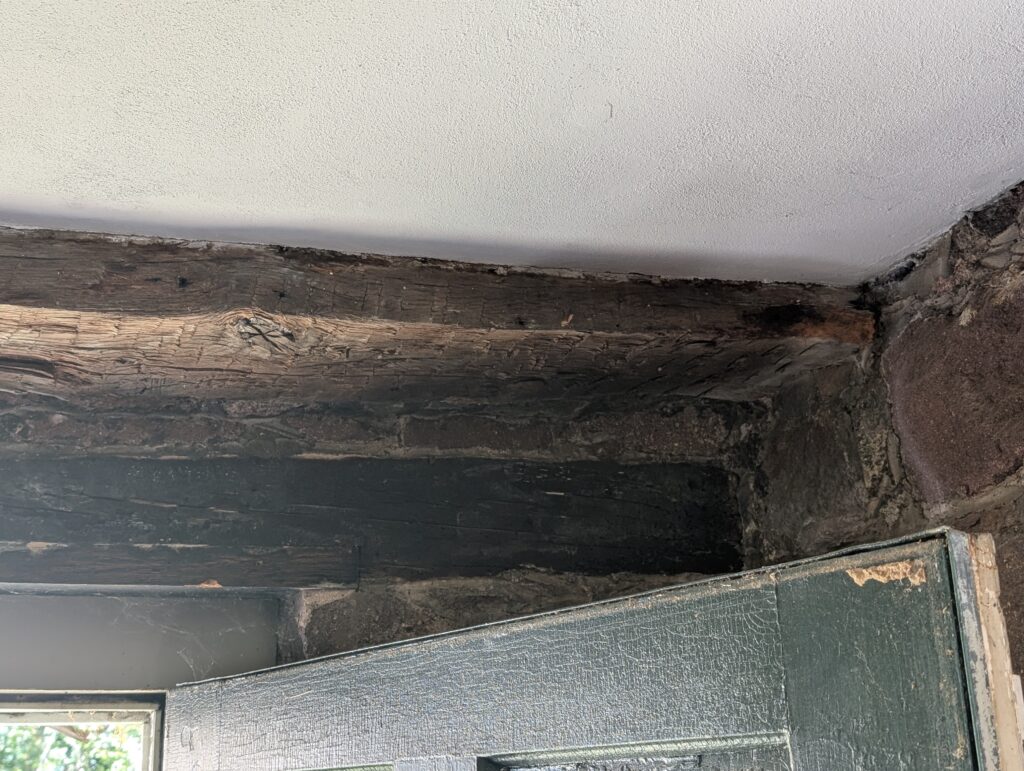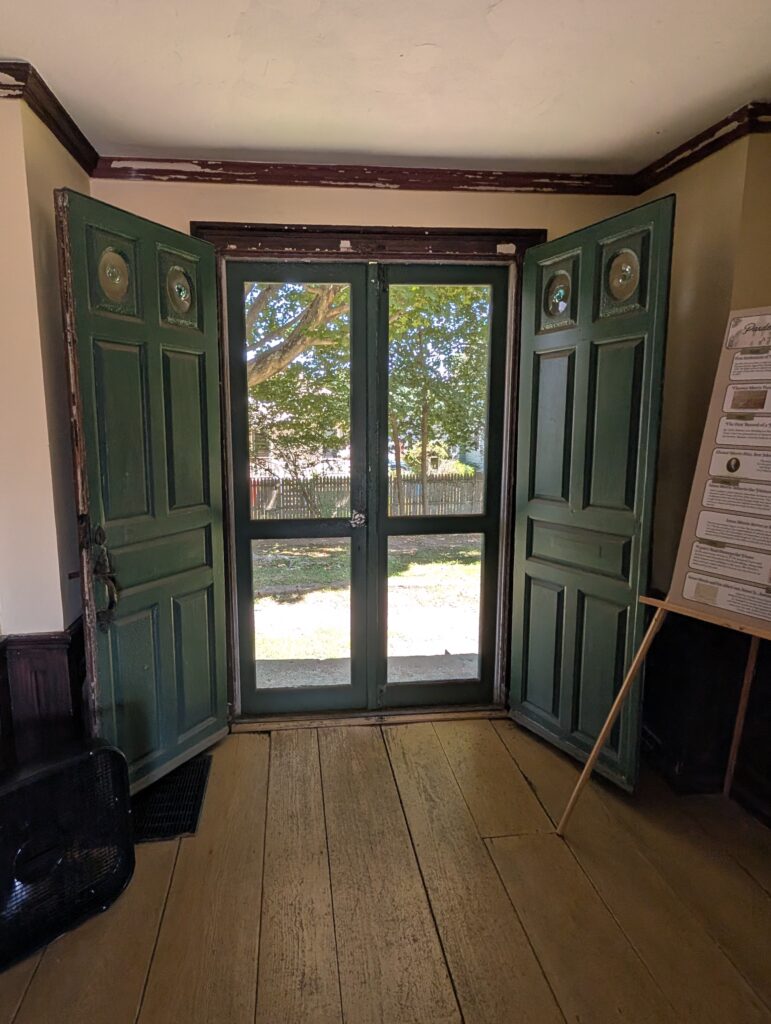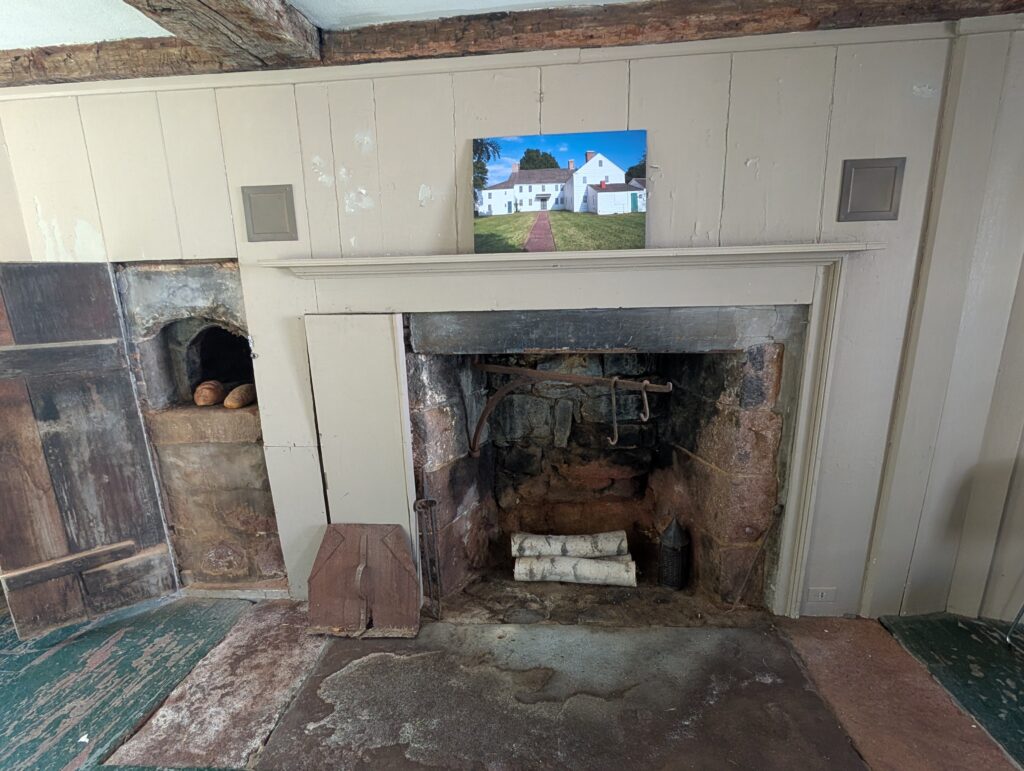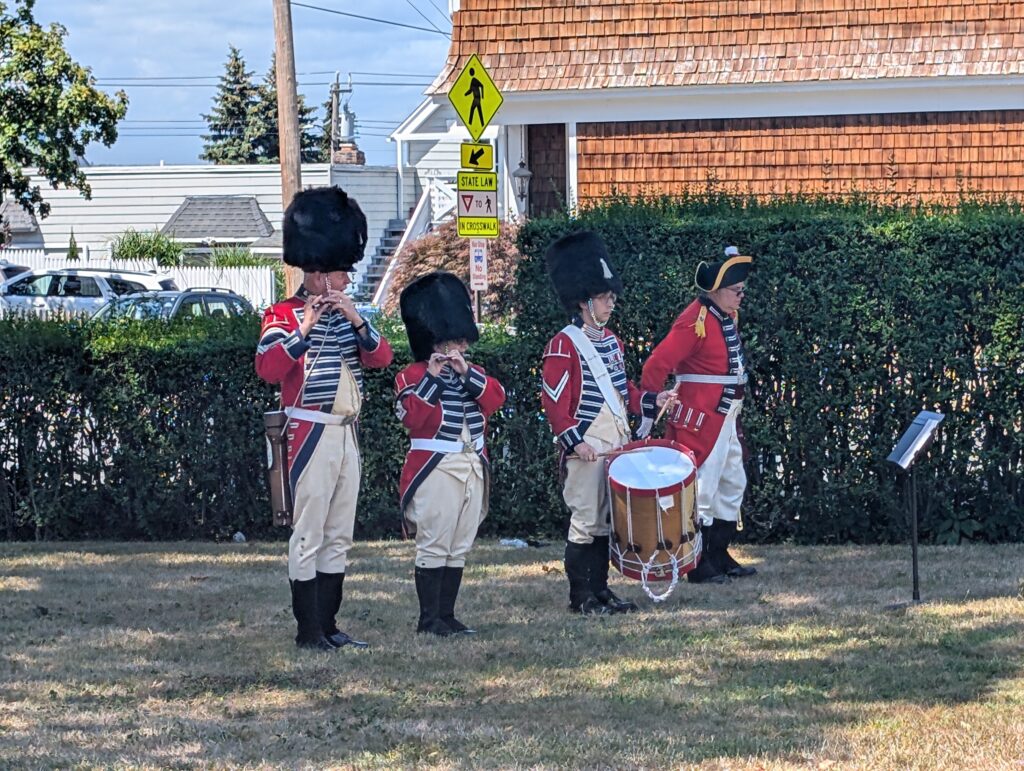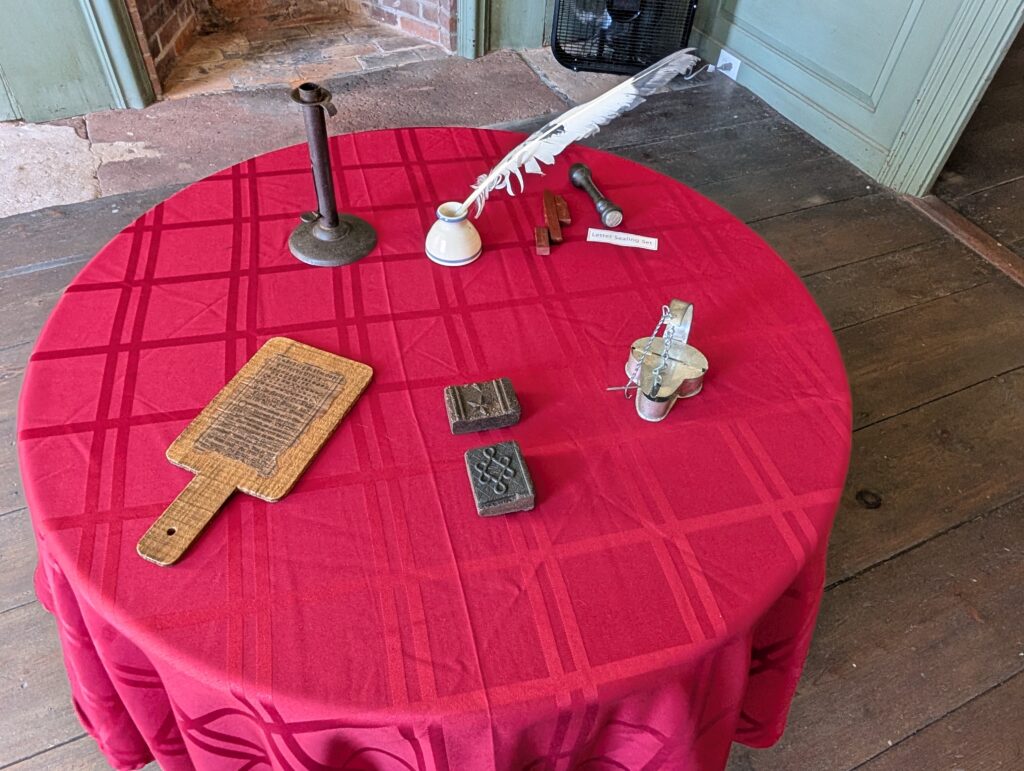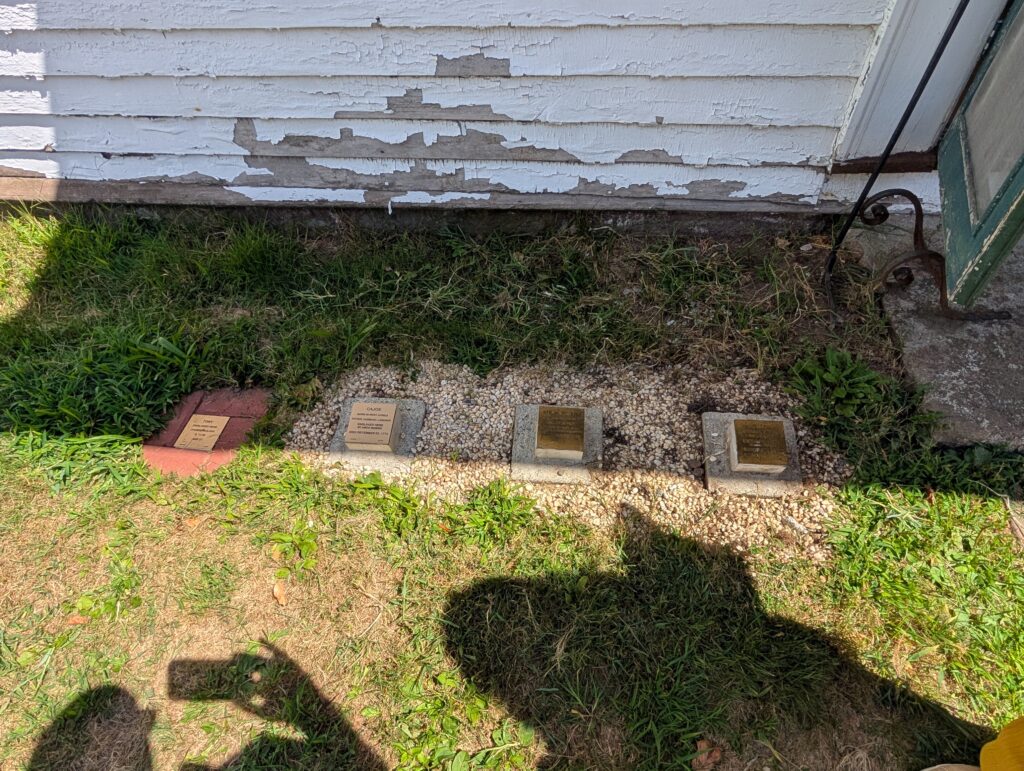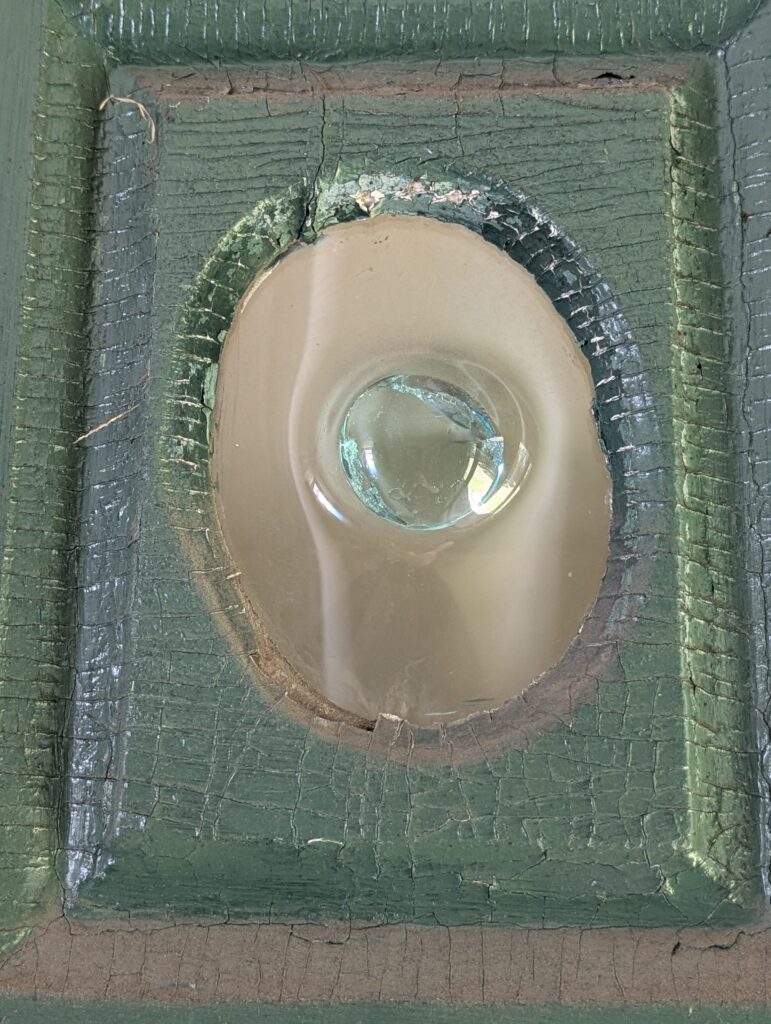The Pardee-Morris House in New Haven, Connecticut, is recognized as one of New Haven’s oldest surviving buildings and a prime example of First Period colonial architecture. It stands as a public museum, open seasonally for tours and community events, providing powerful insight into the area’s colonial past and continuous transformation.

Not as well maintained as other houses in the state nor does it have many period-specific items but is worth a visit to hear the story. The house has as total of sixteen rooms, including parlors, kitchens, bedrooms, and more, stylized to reflect its centuries-old heritage. There is a ballroom on the 2nd floor but due to structural issues no visotors are allowed on the 2nd floor.
Built originally by Thomas Morris in the late 17th century and represents a typical “stone ender” style house featuring a massive stone chimney that forms one entire end wall of the timber-framed home. There are large beams to create the main support structure. Many of these are exposed showing their size and how they were cut. In a few places you can see the burn scars from when it was burned by the British in 1779 during the raid of New Haven.

This fireplace was massivy ineffecient being so large and women ran the risk of burns due to the bakeing box being past the main burn area. The guide told us they covered by a later owner but was opened when they decided to make it a more period correct house. This was one of 3 fireplaces.
Amos Morris rebuilt it using surviving materials, creating the building as it stands today. As typical of houses of the era and growing family’s you can see all the add on elements of the house.
Fun Fact: The house was burned by the British during their raid in 1779. Mr Morris petitioned for compensation from the Continental Congress. The Decent told us he received 4,000 acres of land in Ohio as compensation. As we have learned on other tours land was rarely granted nor much of any compensation offered other than a thank you due to no money to pay. If he were granted this land, it would have been for his military service. There were many Officers who did receive between 500 to 2,000 acres of land in the West as compensation for their service and sacrifices.
They have small medallions recognizing the enslaved. residents of the family. In the house is a family tree of their decendants.
Currently owned and operated by the New Haven Museum. They have free guided tours on Sunday’s during the summer often aligned with period-specific events.
We visited during the summer Family day where there were multiple displays from the Connecticut Horse Guard, Connecticut VI Revolutionary ware rein-actors including the surgeon’s display and a replica of a trading post.
